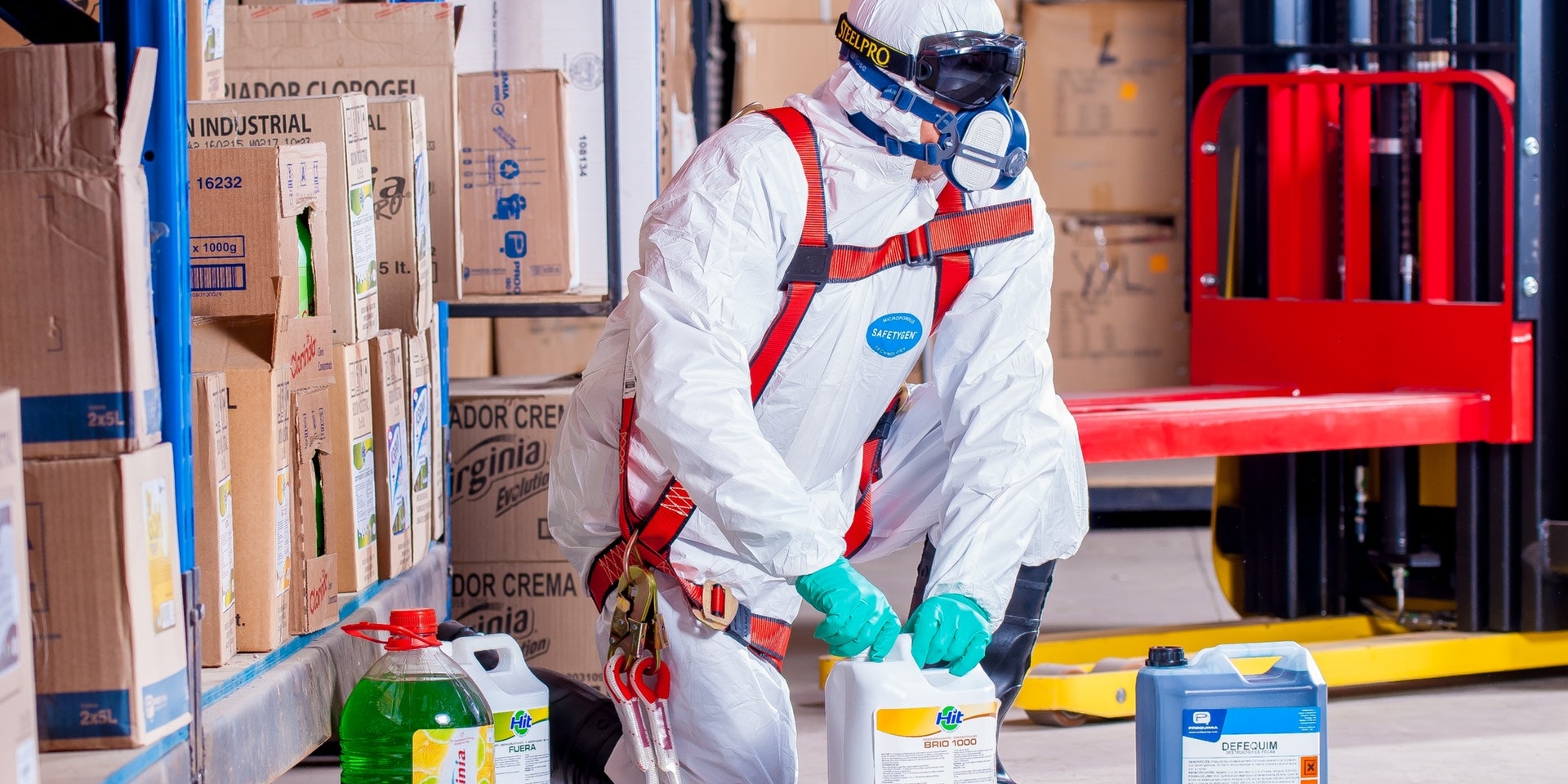To recover in a workers’ compensation case in Florida, by way of example, a worker must suffer “an accidental compensable injury or death arising out of work performed in the course and the scope of employment.”[1]
Therefore, it can become especially tricky to ascertain if the Claimant has suffered a compensable injury when the accident is brought under the theory of occupational disease or exposure.
An occupational disease is defined in the Act as a disease that is contracted by causes and conditions that are characteristic of and peculiar to a particular trade, occupation, process or employment. [2] An occupational disease, for example, must be related to a particular trait or occupation. Also, in occupational disease cases, the resulting disablement or death is treated as the injury by accident.
An exposure takes place when a condition common to the claimant’s workplace causes injury. [3] In exposure cases, however, multiple exposures may constitute repeated accidents which combine to produce a compensable injury. Therefore, exposure and repeated trauma cases are governed by the same principles, while occupational disease cases are not.
Below, please find a helpful chart which delineates the difference between occupational disease and exposure claims, and the necessary burden of proofs for these types of claims.
| Exposure | Disease |
| Based on the theory of Repeated Trauma
The Festa Test – Festa v. Teflex, 382 So. 2d 122 1. A Prolonged exposure; 2. The cumulative effect of which is injury or aggravation of a pre-existing condition, and 3. That the worker has been subjected to a hazard greater than that to which the general public is exposure. 4. Alternatively, the Claimant must demonstrate a series of occurrences, the cumulative effect of which is injury. If these three factors are all met, then compensability can be found because the main Festa test has been satisfied. If not, the Claimant may still prevail by proving the single factor of the alternative Festa test which requires only a series of occurrences, the cumulative effect of which is injury. For this, the Claimant is not required to show that she has been subjected to a hazard greater than that which the general public is exposed.[1] [1] Rodriguez v. Frito-Lay, Inc., 600 So. 2d 1167 (Fla. 1st DCA 1992) |
A statutory test under Fla. Stat. 440.151
“Injury” results when a Claimant becomes actually incapacitated, partially or totally, because of an occupational disease. Four Prong Test – Lake v. Irwin, 398 So. 2d 902 1. The disease must be actually caused by employment conditions that are characteristic of and peculiar to a particular occupation; 2. The disease must be actually contracted during the employment in the particular occupation 3. The occupation must present a particular hazard of the disease occurring so as to distinguish that occupation from usual occupation, or the incidence of the disease must be higher in the occupation than in usual occupations, AND 4. If the disease is an ordinary disease of life, the incidence of such disease must be substantially higher in the particular occupation than in general public |
| Proof | Proof |
|
|
| Notice | Notice |
|
|
| Major Contributing Cause | Major Contributing Cause |
|
: The Major Contributing Cause Doctrine does not apply to occupational disease cases |
Therefore, when analyzing a claim that is either an occupational disease or exposure claim, it is important to note that you must first determine the nature of the accident. Injuries that occur as a result of a particular trait that is a characteristic of the occupation, will be brought under the theory of occupational disease and in order for the Claimant to meet their burden of proof, the four prongs of the Irwin test must be met. Injuries that occur as a result of repeated trauma or due to a condition common to the workplace are brought under the theory of exposure. In these types of cases, in order for the Claimant to meet their burden of proof, the Claimant must prove the four prongs of the Festa test or the Alternative Festa Test. Once the accident is defined as either an occupational disease or exposure claim and the relevant burden of proof is established, one can then determine the type of proof needed, and determine whether defenses such as notice of major contributing cause apply.
[1] Fla. Stat. §440.09(1)
[2] Fla. Stat. 440.151(2)
[3] Czepial v. Krohne Roofing Co., 93 So. 2d 84 (Fla. 1957).

